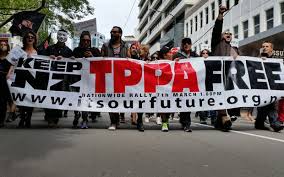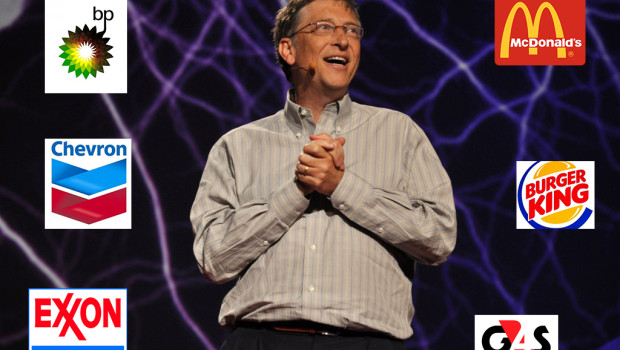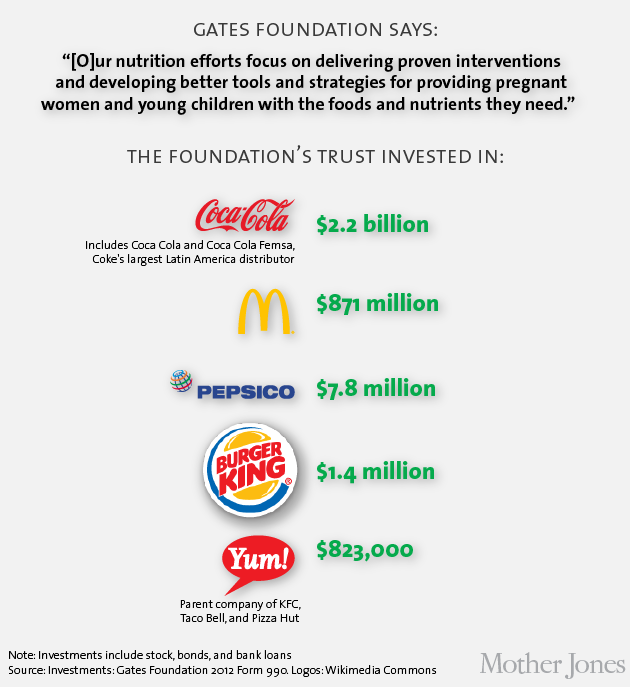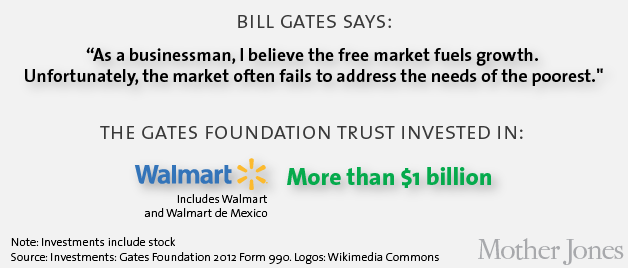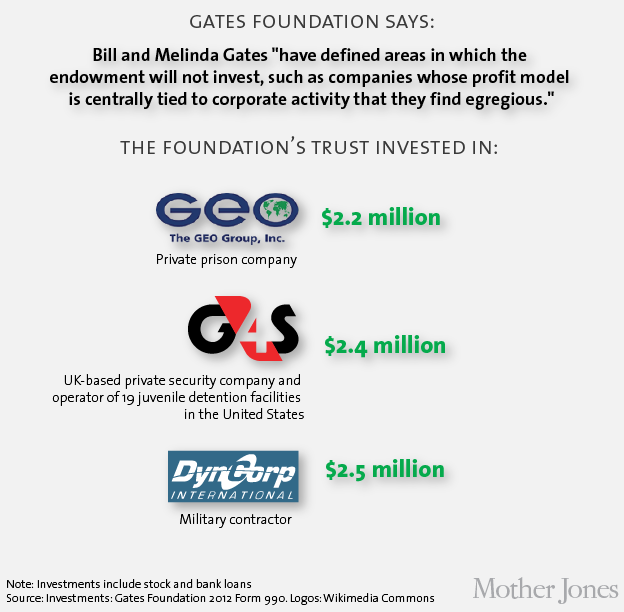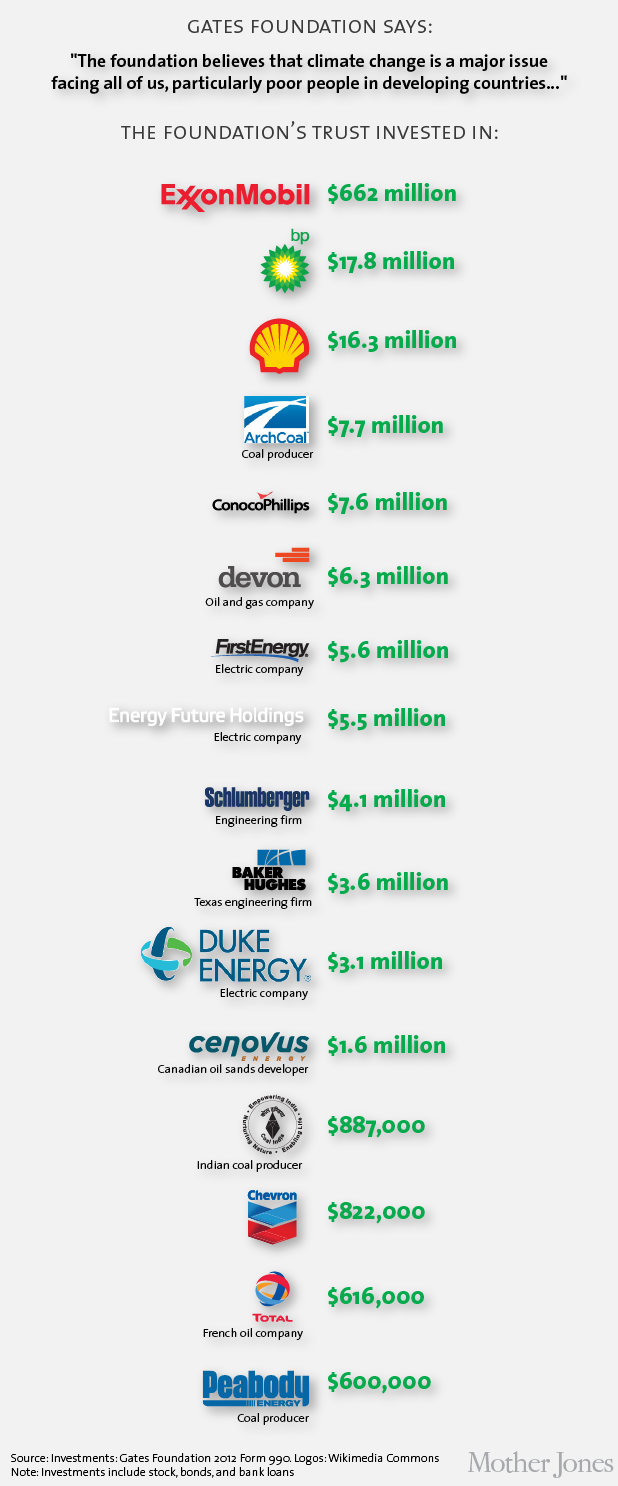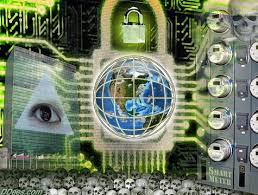 By Mellisa Dykes
By Mellisa Dykes
Just ahead of this year’s Bilderberg confab, where some of the world’s most powerful people met in secret to discuss life-altering topics such as whether or not privacy still exists, the Pew Research Center released a report that detailed how the world would be irrevocably changed by the “Internet of Things” by 2025.
To start, Pew describes the Internet of Things as a “global, immersive, invisible, ambient networked computing environment built through the continued proliferation of smart sensors, cameras, software, databases, and massive data centers in a world-spanning information fabric.”
In short, everything (devices, vehicles, appliances, smart wearables, and other sensor-equipped nouns) will be connected to everything else, and all of it will be continuously spitting out data that will be continuously fed back and forth and analyzed.
The report Pew released covered a survey on expert opinions regarding the expansion of the Internet of Things by 2025.
The Internet of Things…sigh. Not to get into Bilderberg here (that’s a whole different topic altogether), but if Bilderberg is asking whether or not privacy exists at their annual conference this year, it’s obviously because they already know the answer.
According to Pew, this Internet of Things is going to be pervasive throughout your community, your home and even on (or within) your own body.
Some of the downsides Pew discussed include the fact that it won’t just be our privacy as a whole that’s in danger here, but literally “people’s abilities to control their own lives.” Because every day activities will be chipped/sensored, tracked and traced with continuous data generated, “the level of profiling and targeting will grow and amplify social, economic, and political struggles.”
In addition to this fundamentally changing the way we relate to one another and the world, if you don’t like it and you try to opt out, you could wind up disenfranchised and according to university librarian K. G. Schneider, those left behind during this so-called digital divide will become invisible outcasts on the fringe of society who could be “increasingly seen as less than full humans.”
On top of everything else, the smart grid will apparently be so smart that, “We will live in a world where many things won’t work and nobody will know how to fix them.”
Gee. Great.
I guess I’ll be one of those “less than full humans” who can look forward to being disenfranchised by the Internet of Things in the future, because from everything I’ve read about it, I’d rather pull a Swiss Family Robinson and live in a damn tree than become part of what sounds like a pretty oppressive system.
A cage with invisible, digital bars? Imagine a world where literally everything you do is spitting out bits of data on yourself and your life…continuously. Many people think we’re already there now, and we are in some ways, but what’s going on with big data today is nothing compared to what the future holds.
Do I want everyone from the government to mega-corporations to know what I threw away in my trash five minutes ago? Everything from how much hot water I used to take my morning shower or what temperature I like to keep my home on a hot summer afternoon to what my political beliefs are? Frank Pasquale, a law professor at the University of Maryland, told Pew, “There will be a small class of ‘watchers’ and a much larger class of the experimented upon, the watched.” The NSA has already adopted that Police diddy, “Every Breath You Take” as their agency theme song at this point: every single day…And every word you say…
But scale it down a bit further. Do I really want my refrigerator to “talk” to its own contents and have the power and ability to buy milk for me when I run out? One Pew respondent wrote, “If my bathroom scale tells my smartphone how much I weigh, that is handy but hardly life-changing.” Hardly? I beg to differ. Do I really want to have spoken conversations with my “smart” appliances? Reminds me of the medicine cabinets in THX1138 that remind citizens in that dystopic future nightmare to take their state-sanctioned sedation pills.
Recently I saw an ad for the new WI-FI talking thermostat — the one where the guy starts out by saying he’s going to let us all in a secret, which is that voice control is the future. Instead of having to get up off your butt and punch a button if the temperature in your house isn’t at a very comfortable level, you can just announce to your smart thermostat when you are too hot or cold and it is supposed to adjust the temperature in your home accordingly.
The first thought that popped into my head was the thermometer responding in the voice of Hal from Kubrick’s 2001: A Space Odyssey with, “I’m sorry, Dave. I don’t think I can turn down your thermostat today. You’ve used all your energy credits this month and your region is at peak usage times…”
But let’s scale it down even further. The trendy new iWatches or whatever the new smart wearables will be called will be able to continuously monitor things like your heart beat, blood pressure, oxygen rates, how much water you’ve drank, your nutrition levels… In short, when you eat too much ice cream or forget to exercise, data will. Be. Generated.
Do I really want computers to know everything about me?
Talk about losing control of your life. That’s just the beginning.
Your behavior is going to be directed by the smart grid. Trendy, technocratic social engineering will dictate your existence at every turn. Sounds…super fun.
The implications are endless. Privacy won’t just be forgotten. It simply will not exist, period. People are already forgetting what it truly is now. Two-year-olds are using iPads as if we never lived in a time where a toddler didn’t have a computer. A few more generations, and our children’s dictionaries might as well not even have the word ‘privacy’ in them anymore (and, by extension America, what will the 4th Amendment look like then?)
Not all technology is a bad thing (obviously). I’m just over the puppet master technocrats running things. (Smashing job so far, by the way). I can see where this is going, and it’s not anywhere I’d like to be.
I’m not my data. I’m still a human being. I don’t want or need my computer (and by extension, anyone with access to it) to know me better than I know myself. I don’t want to be ruled by algorithms. I want to have some control over my own destiny, thank you.
Unfortunately, we’re all willingly funding and participating in our own digital enslavement to some extent. So what’s your breaking point?
College professor Peter R. Jacoby, who likened all this trendy new smart tech to the bread and circuses of the Roman Empire, wrote, “By 2025, we will have long ago given up our privacy. The Internet of Things will demand — and we will give willingly — our souls.”
http://www.thedailysheeple.com/the-internet-of-things-2025-your-life-directed-by-the-smart-grid_062014
 2 VIDEOS on the Global Warming Hoax
2 VIDEOS on the Global Warming Hoax


